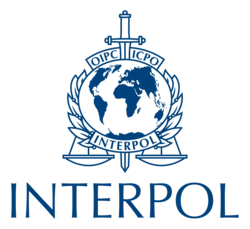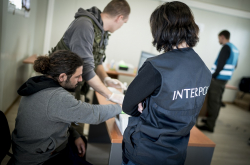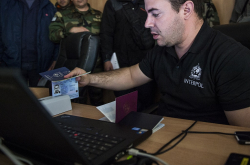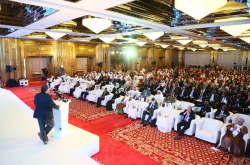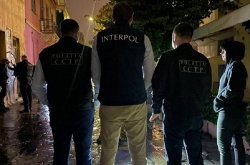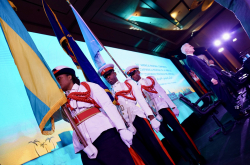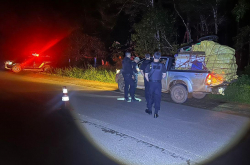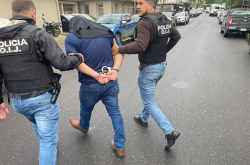Human trafficking and migrant smuggling are low-risk, high profit criminal businesses that employ increasingly sophisticated methods and technological means to expand their reach.
They are also connected to other crimes including illicit money flows, corruption, document fraud, trafficking in illicit goods, cybercrime and terrorism.
Human trafficking and migrant smuggling are two distinct crimes yet they can overlap as they both profit from vulnerable people.
Types of human trafficking
In the case of human trafficking, victims are typically recruited through deception (with the promise of a better life), threats or force, for the sole purpose of exploitation.
Trafficking for sexual exploitation
This form of trafficking affects every region in the world. Victims, most of them women and children, are lured in through different methods, and transported or harbored to or in the place of exploitation where they are often deprived of their travel and identification documents, their movements are controlled or restricted, and they are sexually exploited, often facing many other forms of violence and abuse.
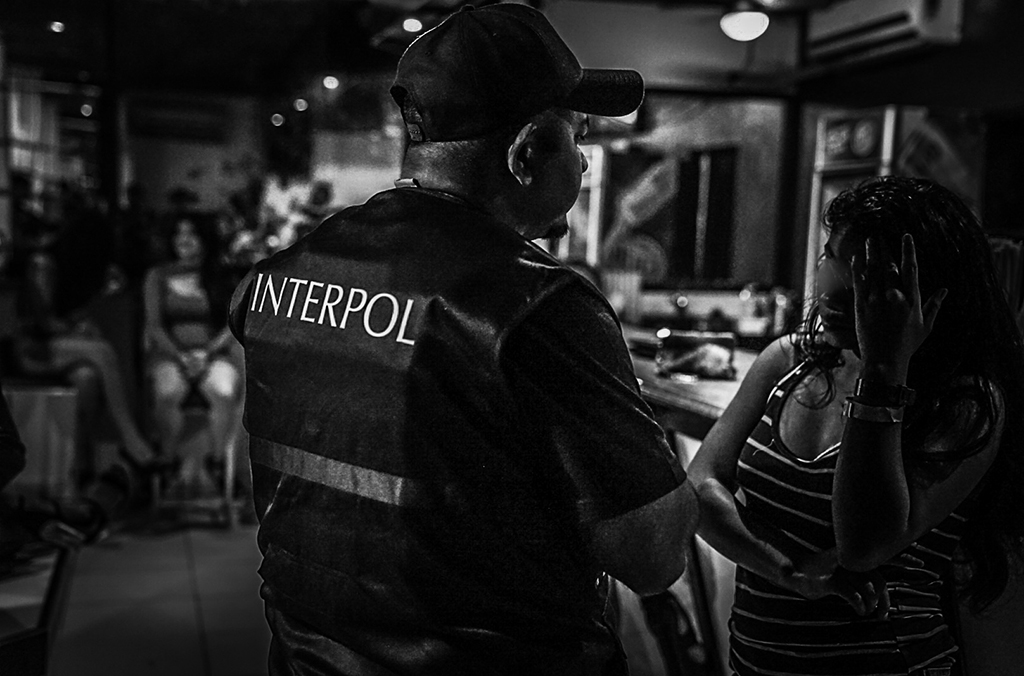
Trafficking for forced labour
Victims of this widespread form of trafficking come primarily from developing countries. They can be forced to work in labour-intensive jobs such as agriculture, mining, fisheries or construction work, or kept in domestic servitude.

Trafficking for forced criminal activities
Victims are forced to carry out a range of illegal activities, which in turn generate income for criminal organizations. Activities can include theft, drug cultivation, selling counterfeit goods, and recently also fraud which is often conducted through the misuse of technology. Victims often have quotas and can face severe punishment if they do not perform adequately.
Trafficking for organ removal
In many countries, waiting lists for transplants are very long, and criminals have seized this opportunity to exploit the desperation of patients and potential victim-donors. After the transplants take place, victim-donors often see little to no compensation for the transaction, facing great health issues and financial challenges to have proper medical follow-up.
Migrant smuggling – key challenges
In the last decade, the process of globalization, and the multiple crises impacting different regions of the world through, economic hardships, armed conflicts, terrorism and climate change, have pushed the most vulnerable people to migrate in the look for safer living conditions.
With this, we have seen an increase in the activities of organized criminal networks who facilitate irregular migration. By providing fraudulent travel documents, organizing transport, and bypassing official border controls, criminals are making huge profits.
Smuggling is carried out by land, air or sea. It all depends how much one is willing to pay – and risk.
Organized criminal networks
Migrant smuggling syndicates are run like businesses, drawn by the high profit margins and low risks. They benefit from weak legislation and a relatively low risk of detection, prosecution and arrest compared to other activities of transnational organized crime.
Smuggling networks can be extensive and complex, and can include people who carry out a number of different roles:
- recruiters, middlemen;
- boat captains, guides, drivers;
- people who provide illegal travel documents;
- those who provide accommodation along the way.
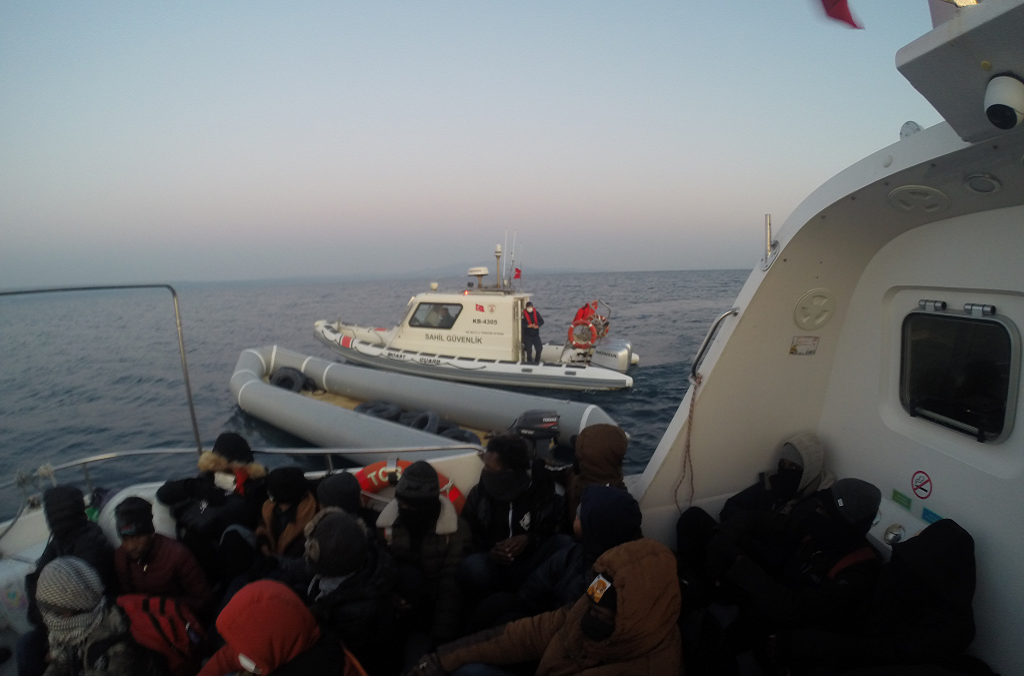
Faced with tougher immigration policies in destination countries and improved technology for officials to monitor border crossings, willing migrants rely increasingly on the services of organized smugglers.
Smuggling routes have become increasingly interconnected and complex in response to legislative and law enforcement activities. They may be simple and direct, but more often than not, they are circuitous. For example, migrants from both Africa and Asia may be found in mixed migration flows along the same smuggling route up to Europe, North America and other final destinations.
Use of technology
The misuse of technology is expanding the reach and profits of both traffickers and smugglers, while reducing their risks to be detected by the law.
Technology is linked to all stages of human trafficking: recruitment, transport or harbouring, control, exploitation and financial transactions.
As for migrant smuggling, while some migrants and smugglers make contact face-to-face at well-known meeting points, this process is increasingly carried out online. Platforms are professionally run and follow a specific business model. Criminal groups use the Open and Dark web to recruit, gather real-time information on routes, communicate and advertise their services.
Reality, unfortunately, can be very different from what was advertised. Hazardous routes, overcrowded boats, abandonment, kidnapping and death risk are just some of the dangers faced by migrants once they set off.
The anonymity offered by technology, makes the criminals difficult to trace. They are generally unknown to the people they are trafficking or to the people they are offering smuggling services to, they hide behind pseudonyms and use encrypted communication methods posing a great challenge to law enforcement.
